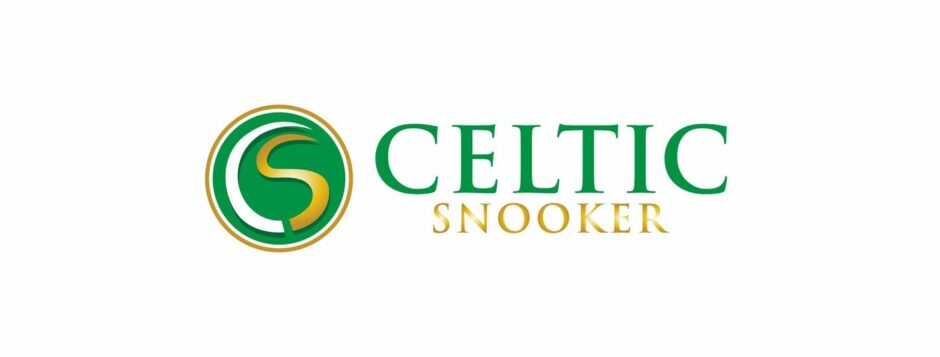Forming a strong bridge hand is an integral part of your overall technique. The goal is to build it to support the cue on the line of aim. Your bridge hand needs to rest flat on the table with your fingers spread, then your fingers are pressed against the cloth to grip it.
Now bring your thumb tight against your first finger to form a channel or groove for the cue to slide through. Your knuckles will automatically be lifted. The groove should be aligned with the aim of the shot.
You’ve got three basic bridge hand heights. For stun shots, your hand should be at your normal height. For screw shots, you should lower your hand and raise your hand for topspin shots. Depending on the type of shot, the Bridge should be between 9 and 12 inches from the cue ball.
Your bridge hand should always stay on the table because the more contact you have with the cloth, the stronger your bridge will be. When you are bridging over balls or playing near the cushion, your cueball striking technique is extremely demanding. When delivering the cue, make sure that the cue passes smoothly through the ball and that you get your eyes on the object ball before striking the cue ball.
While bridging over balls or when playing from the cushion, you should hold the cue slightly shorter. Typically, the best way to bridge a cushion is to leave your fingers on top and drop your wrist down to the side.
